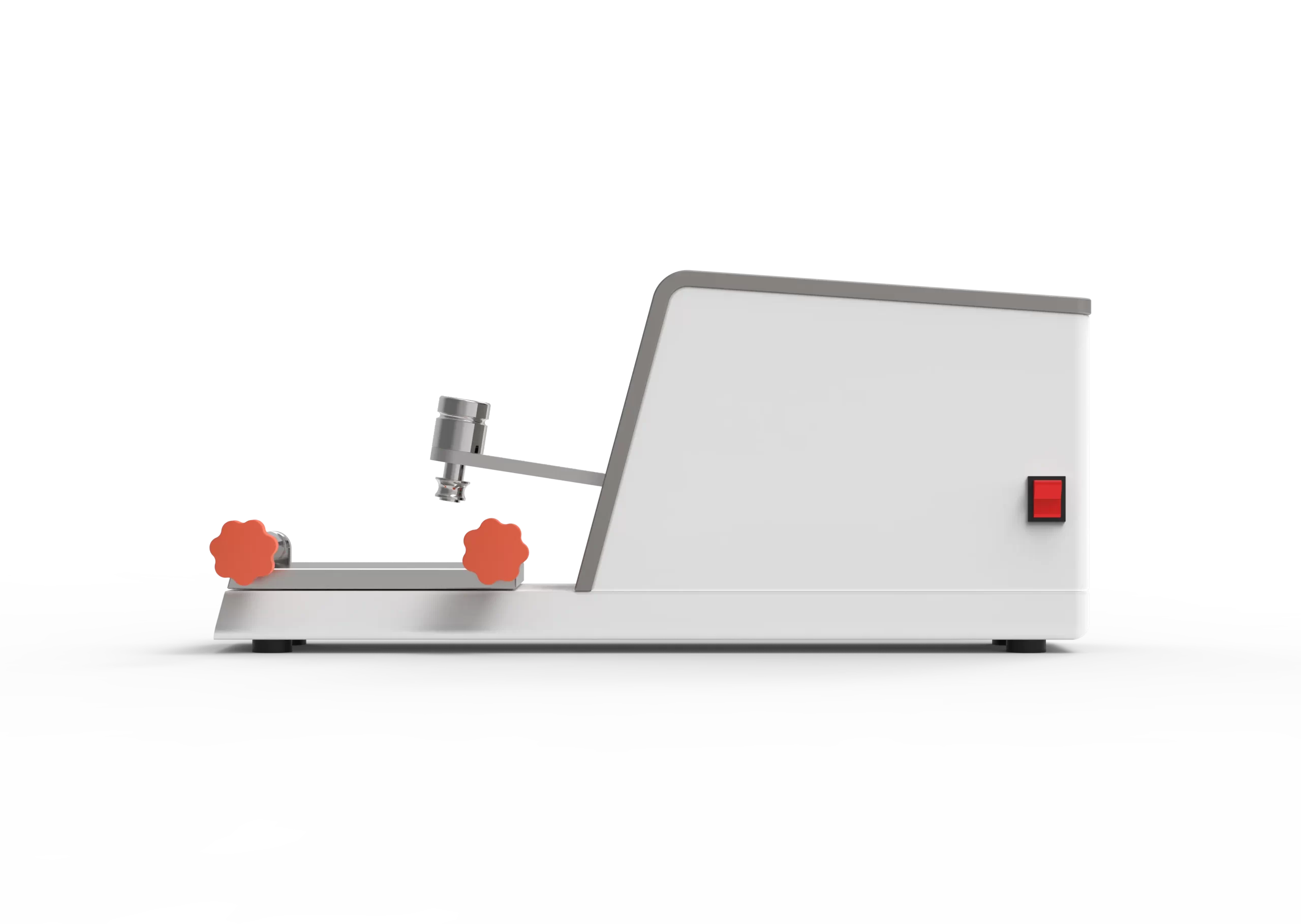In the textile and apparel industry, color fastness to rubbing is a critical indicator of quality. It not only determines the appearance of the product but also influences consumer satisfaction and the product’s durability. A fabric that performs poorly in a color fastness to rubbing test can lead to a frustrating experience for both manufacturers and end-users. This article delves deep into the concept of color fastness to rubbing, exploring its definition, grading norms, testing methodologies, influential factors, and its indispensable role in the production and inspection processes.
What is Color Fastness to Rubbing?
Color fastness to rubbing measures a fabric’s ability to retain its color when subjected to the abrasive forces of rubbing under a specific pressure. The color fastness to rubbing test, a cornerstone of textile quality control, involves the use of a reactive (dry/wet) white cotton cloth that is rubbed against the fabric surface a predetermined number of times. Subsequently, the degree of color transfer to the cotton cloth is evaluated using a standardized gray scale for assessing staining. This property is bifurcated into two essential categories: dry rubbing color fastness, which gauges the fabric’s resilience to color loss in a dry state, and wet rubbing color fastness, which assesses the same in a moist condition.
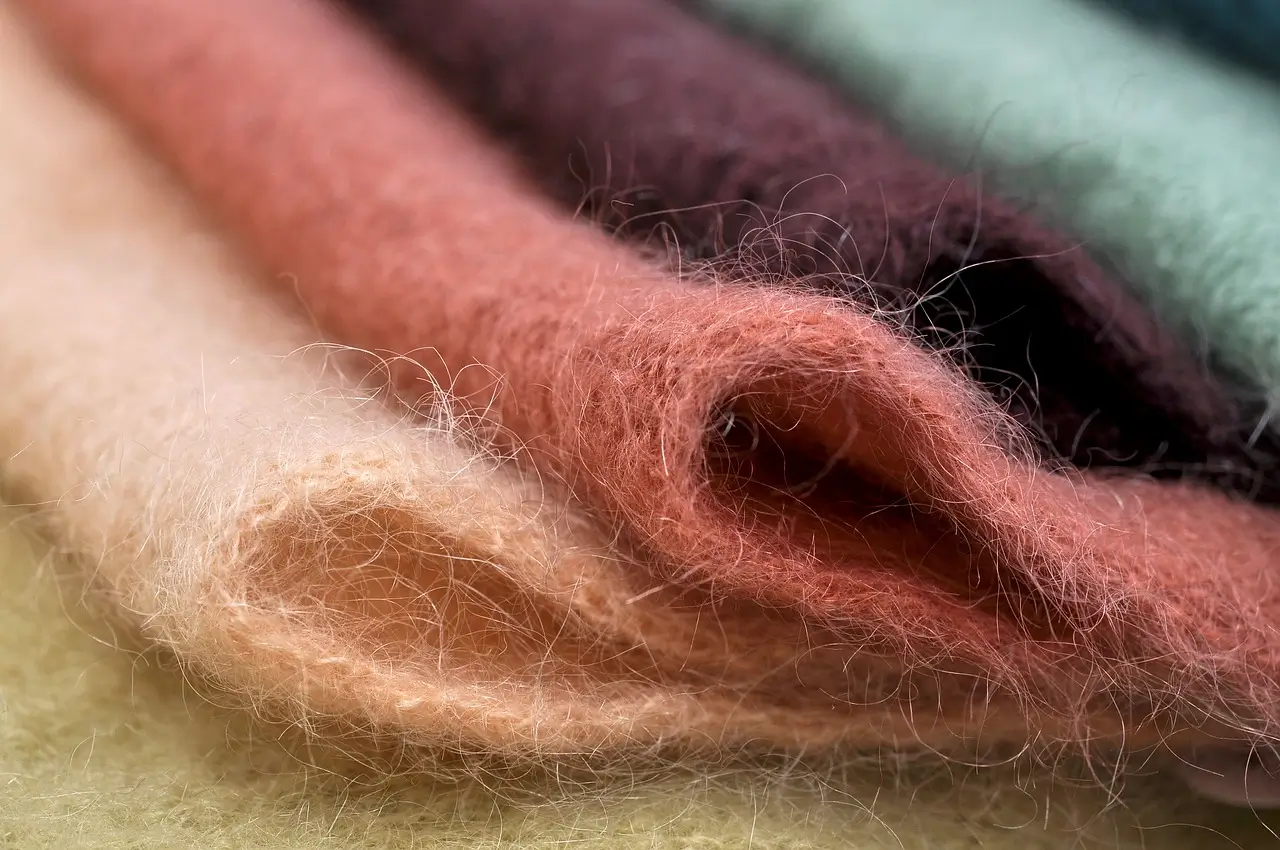
Colorfastness to Rubbing Ratings and Standards
The grading of color fastness to rubbing hinges on the extent of color transfer to the white cotton cloth post-rubbing. Widely recognized standards such as GB/T 3920—2008, AATCC8—2007, AATCC 116—2010, and JISL0849—2004 are commonly employed in the industry. These standards demarcate a scale from 1 to 5, with further subdivisions, resulting in 9 grades: 1, 1 – 2, 2, 2 – 3, 3, 3 – 4, 4, 4 – 5, 5. Generally, for a textile product to meet the quality threshold, its color fastness to rubbing must be at least grade 3.
Color Fastness Ratings
Understanding color fastness is important for fabric quality. Here are the grades that indicate how well a fabric resists color transfer when rubbed.
Grade 5: Excellent Resistance
Grade 5 represents the zenith of resistance. It shows minimal to no color transfer to the white cotton cloth after rubbing. This signifies excellent color fastness to rubbing.
Grade 4: Good Resistance
Grade 4 indicates a relatively good level of resistance. There may be only slight staining.
Grade 3: Average Performance
Grade 3 denotes an average performance. It has noticeable but evenly distributed color transfer.
Grade 2: Poor Resistance
Grade 2 signals a poorer resistance. It shows:
- Evident color staining
- Uneven color transfer
- Potential to mar the fabric’s overall appearance
Grade 1: Poor Performance
Grade 1 implies a significant lack of resistance. It features:
- Severe color transfer
- Highly uneven staining
- Highlights a subpar color fastness to rubbing
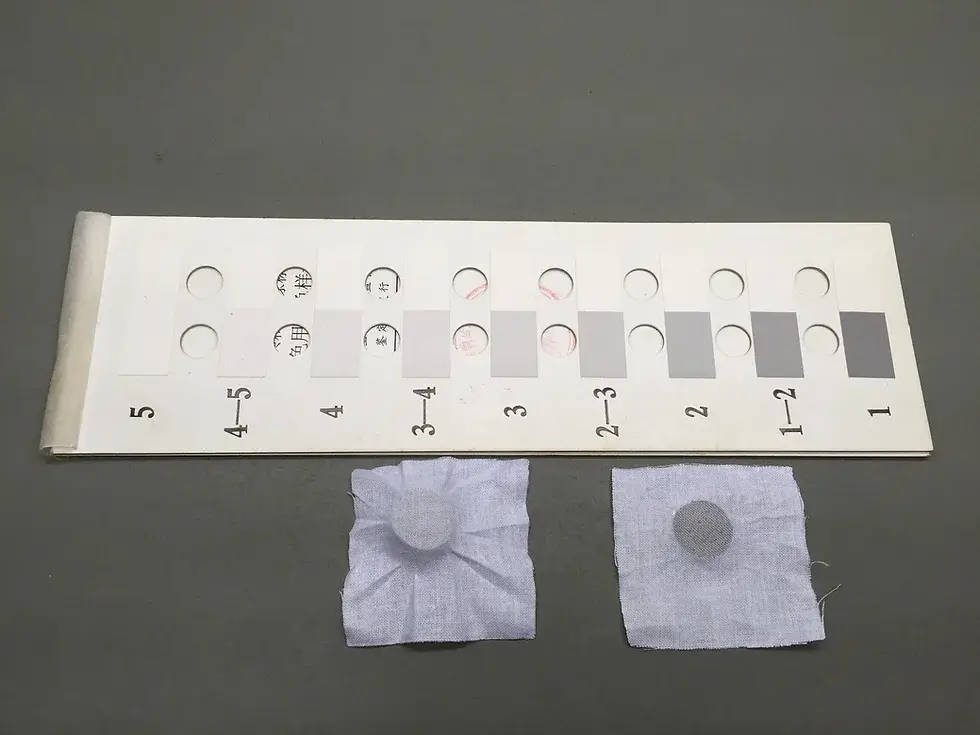
It is of utmost importance to note that different regions may adhere to distinct rating standards. Therefore, during the color fastness to rubbing test, strict compliance with the relevant standard is non-negotiable. The following table provides a detailed comparison of the four standards, shedding light on their disparities in various parameters:
Comparison of Standards for Color Fastness to Rubbing
| Item | GB/T 3920-2008 | AATCC 8-2007 | AATCC 116-2010 | JIS L 0849-2004 |
| Sample Size (mm) | 50 × 140 | 50 × 130 | At least 25 mm² | Type I: 50 × 140 Type II: 30 × 220 |
| Rubbing Head Size (mm) | Round (general fabrics): Diameter 16 ± 0.1 Rectangular (pile fabrics): 19 × 25.4 | Round Diameter: 16 ± 0.3 | Round Diameter: 16 ± 0.3 | Round Diameter: 16 ± 0.9 |
| Vertical Pressure (N) | 9 ± 0.2 | 9 ± 0.9 | 11.1 ± 1.1 | 9 ± 0.9 |
| Rubbing Stroke Length (mm) | 104 ± 3 | 104 ± 3 | Not Specified | 100 |
| Number of Rubbing Cycles | 10 strokes in 10 seconds | 10 strokes in 10 seconds | 40 opposing strokes | 100 strokes in 200 seconds |
| Rubbing Cloth Size (mm) | Non-pile fabrics: 50 × 50 Pile fabrics: 25 × 100 | 50 × 50 | 51 × 51 | 60 × 60 |
| Rubbing Cloth Specification | 100% cotton, whiteness (70 ± 5)% | 100% combed cotton, whiteness (80 ± 2)% | 100% combed cotton, whiteness (80 ± 2)% | 100% cotton, whiteness 85% |
| Rubbing Cloth Moisture Content (%) | 95–100 | 65 | 65 | 100 |
| Rubbing Direction | Rubbing cloth direction aligns with the running direction | Rubbing cloth direction aligns with the running direction | Fixed-point rotation | Rubbing cloth direction aligns with the running direction |
| Grading Gray Card | GB 251 Gray Scale for Staining | AATCC Gray Scale or Chromatic Transference Scale | AATCC Gray Scale or Chromatic Transference Scale | JIS L 0805 Gray Scale for Staining |
Detailed Analysis on Standards for Color Fastness to Rubbing
As is evident, these standards exhibit significant differences in sample dimensions, friction frequency, rubbing cloth moisture content, and the rating gray cards utilized. Consequently, the results of the color fastness to rubbing test can vary depending on the chosen standard. AATCC 116—2010 (rotary friction method) is particularly advantageous for yarns and fabrics composed of diverse fibers, especially printed fabrics. It can evaluate smaller areas compared to AATCC8—2007, effectively highlighting the rubbing fastness of individual colors in multi-colored fabrics. This aids in swiftly pinpointing the root cause of poor rubbing fastness in textile, enabling corrective measures to enhance the overall resistance.

During the color fastness to rubbing test, fabric irregularities and uneven dyeing can lead to inconsistent results. To address this, multiple tests are often necessary, with the most reproducible results being selected for the final report. This ensures the reliability and accuracy of the assessment.
Rubbing Fastness Test Method
The Linear Method: A Widely Used Approach
The linear method, supported by five prominent standards in the international textile arena, is predominantly applicable to large-area or single-color printed and dyed textiles, carpets, and velvet fabrics.
GB/T 3920—2008 “Textiles – Tests for Color Fastness – Color Fastness to Rubbing,”
EU EN ISO 105 – X12:2016, ISO 105 – X12:2016 “Textiles – Tests for Color Fastness – Part X12: Color Fastness to Rubbing,”
AATCC TM 8 – 2016 “Color Fastness to Rubbing: Friction Tester Method,”
AATCC TM 165 – 2013 “Color Fastness to Rubbing: Textile Floor Coverings – Friction Tester Method,” and
JIS L 0849 – 2013 “Testing Method for Color Fastness to Rubbing” Type I linear reciprocating friction method
These standards provide a comprehensive framework for evaluating the color fastness to rubbing of such materials.
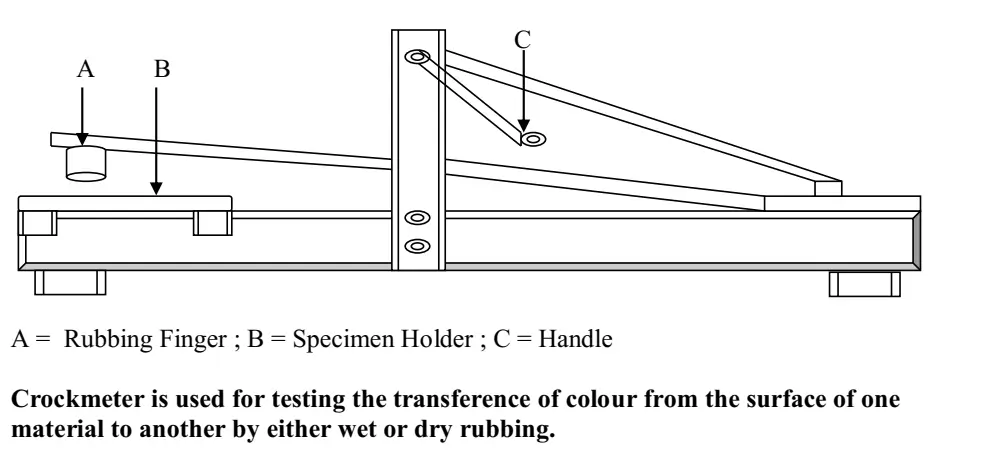
The Rotary Method: Precision in Small Areas
Three standards govern the rotary method, which is highly suitable for textiles with small-area printing and dyeing or those requiring a more focused assessment than the linear method can offer.
GB/T 29865—2013 “Textiles – Tests for Color Fastness – Color Fastness to Rubbing – Small Area Method,”
ISO 105 – X16:2016 “Textiles – Tests for Color Fastness – Part X16: Color Fastness to Rubbing – Small Area Method,”
AATCC TM 116 – 2013 “Color Fastness to Rubbing: Vertical Rotary Friction Tester Method,”
These standards enable a more accurate evaluation of color transfer in specific, small areas. Compared to the linear approach, the rotary method not only allows for a reduction in sample size requirements but also provides a more precise understanding of the rubbing resistance of localized regions. In contrast, the linear method demands larger samples and testing areas. Moreover, when testing multi-colored textiles, the linear method is prone to color mixing, making it challenging to accurately gauge the rubbing resistance of individual colors.
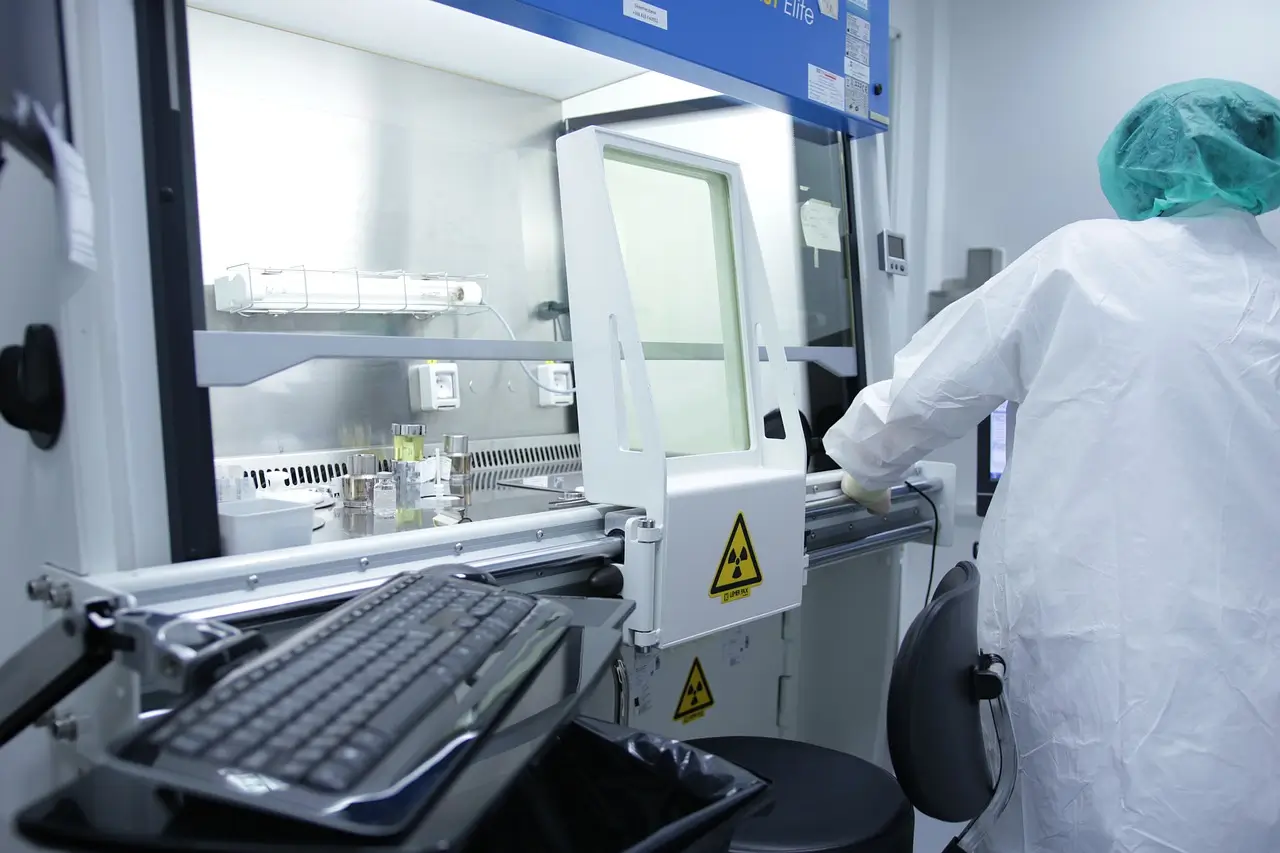
The Curved Surface Method: Simulating Real-World Wear
Three standards are associated with the curved surface method, which is designed to mimic the rubbing that occurs in areas of frequent contact during wear, such as shoulders, elbows, knees, and waists. The two test standards within this method, ISO 105 – X19:2020 “Textiles – Tests for Color Fastness – Part X19: Color Fastness to Rubbing (Gakushin Method)” and JIS L 0849 Type II curved surface reciprocating friction method, along with GB/T 42223—2022 “Textiles – Tests for Color Fastness – Color Fastness to Rubbing Gakushin Method,” offer a unique perspective on evaluating color fastness.
Despite its potential for accurately simulating real-world wear conditions, the curved surface method is less commonly used. This is primarily due to two factors: its relatively narrow application range, as it is not widely cited in product standards, and its significant deviation from other testing methods. The test methods under the curved surface approach require 100 test repetitions, a stark contrast to the 10 times for the linear method and 40 times for the rotary method. This disparity makes the curved surface method the most stringent among the available testing options for color fastness to rubbing.
Advanced Color Fastness to Rubbing Testing Tool
SmartCrock Crockmeter
The SmartCrock tester is a device designed to evaluate the color retention capabilities of textiles and leather under both dry and wet rubbing conditions. This highly automated crock meter simplifies the color fastness to rubbing test process. After installing the dry rubbing cloth, a simple press of the start button initiates the test, with the friction head descending automatically. Upon completion, it retracts, allowing for seamless replacement of the wet rubbing cloth by translating the sample mounting table. In case of any test irregularities, an additional test can be easily conducted by further translating the friction table. This automation not only minimizes human error but also slashes sampling and testing time by an impressive 40%. The SmartCrock electronic crockmeter is a prime example of how technology is revolutionizing the assessment of color fastness to rubbing, ensuring more accurate and efficient results.
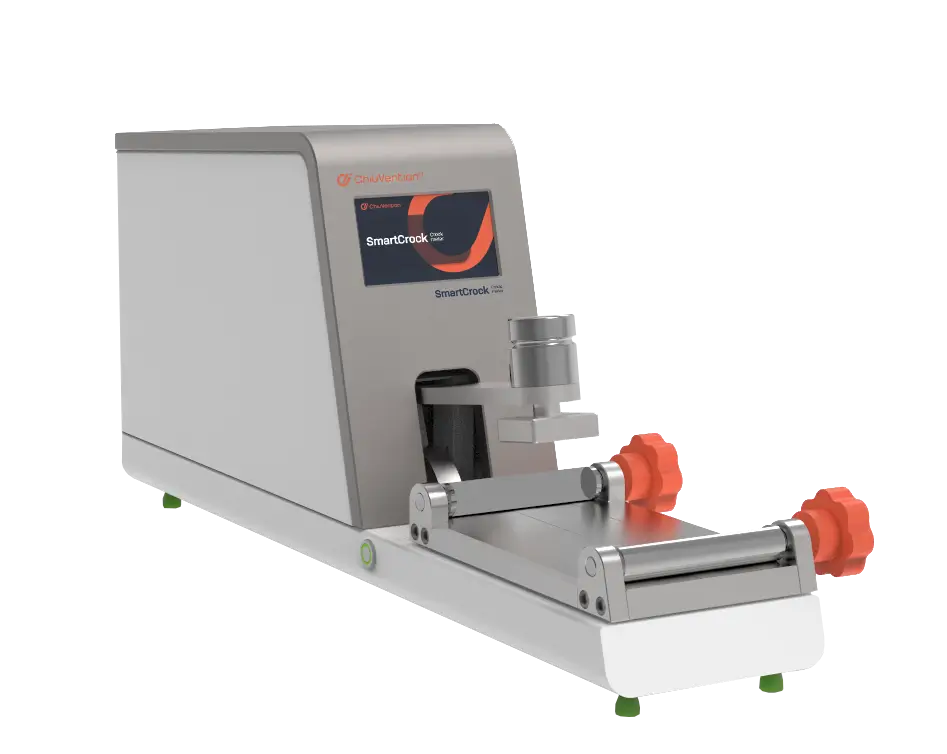
Factors Affecting Color Fastness to Rubbing
Fabric Surface Characteristics
Unfixed dyes are the primary culprits behind poor rubbing fastness. In the dry state, fabrics with rough surfaces, such as those that are sueded, napped, or made from hemp or denim, are particularly vulnerable. Dry rubbing can dislodge the surface dyes, pigments, or other colored substances, and in severe cases, cause the breakage of colored fibers, leading to the formation of colored particles and a subsequent decline in dry rubbing fastness. For sueded or napped fabrics, the non-parallel orientation of the surface fluff relative to the rubbing cloth increases friction during the dry crocking test, further compromising the dry rubbing fastness. This emphasizes the importance of fabric surface smoothness and dye fixation in achieving good color fastness to rubbing.
In a word, rough surfaces may lead to poor dry rubbing results due to dye particles being abraded off.
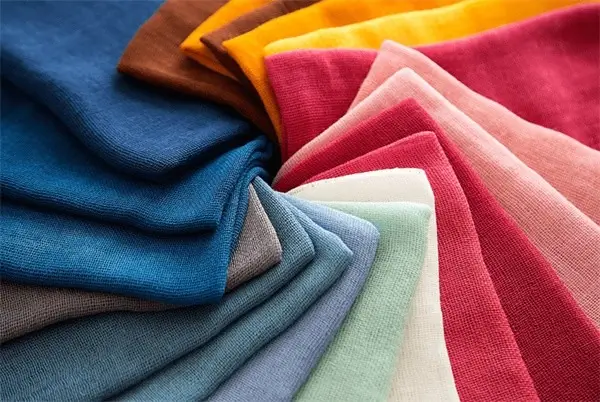
Fabric Structure
Lightweight fabrics, often composed of synthetic fibers or silk, exhibit unique behavior during the fabric rubbing test. Their relatively loose structure allows for partial slippage during dry rubbing, which, counterintuitively, increases friction resistance and enhances the efficiency of color transfer. However, in wet conditions, the story is different. Due to their low hygroscopicity and minimal water swelling effect, water acts as a lubricant, significantly improving the wet rubbing fastness compared to the dry state. This phenomenon is more pronounced in dark-colored products. However, certain fabrics like corduroy, twill cotton, and pigment-printed fabrics, despite the potential lubricating effect of water, still exhibit relatively poor wet rubbing fastness, often not exceeding grade 2, due to their specific dyeing and printing processes. Understanding the fabric structure and its interaction with different rubbing conditions is crucial for predicting and improving color fastness.
In a word, lightweight fabrics may slide during dry rubbing, increasing friction resistance.
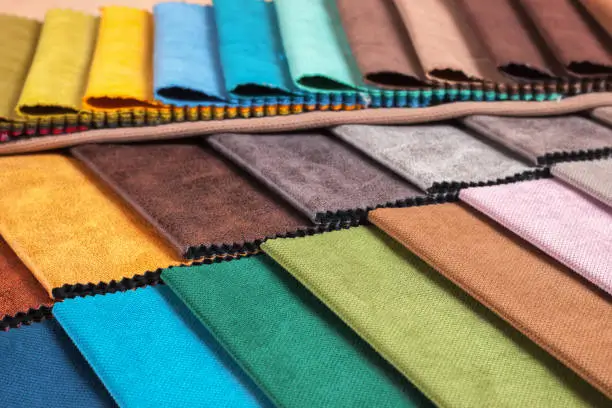
Chemical Structure of Dyes
When testing the wet rubbing fastness of cellulose fiber fabrics dyed with reactive dyes, two main mechanisms of color transfer come into play. Firstly, water-soluble dyes can detach and transfer to the rubbing cloth, leading to color loss in the original fabric and staining of the rubbing cloth. Secondly, the mechanical stress of rubbing can cause dyed fibers to break, generating tiny colored fiber fragments that adhere to the rubbing cloth.
Several factors can influence the wet rubbing fastness of reactive dyes. These include the inherent structure and properties of the dyes, the characteristics of the fabric, the effectiveness of pre-treatment processes (such as surface damage and smoothness), the dyeing process and post-dyeing soaping, the fixation treatment after dyeing, and the impact of fabric finishing.
Surprisingly, despite differences in the covalent bond strength and stability between reactive dyes and cellulose fibers, these do not significantly impact the wet rubbing fastness. Instead, it is the oversaturated, non-covalently bound dyes (floating colors) that are primarily responsible for color transfer during wet rubbing. This highlights the need for proper dye selection and application techniques to minimize floating colors and enhance color fastness.
In a word, the solubility and bonding strength of dyes can affect their performance during wet rubbing tests.
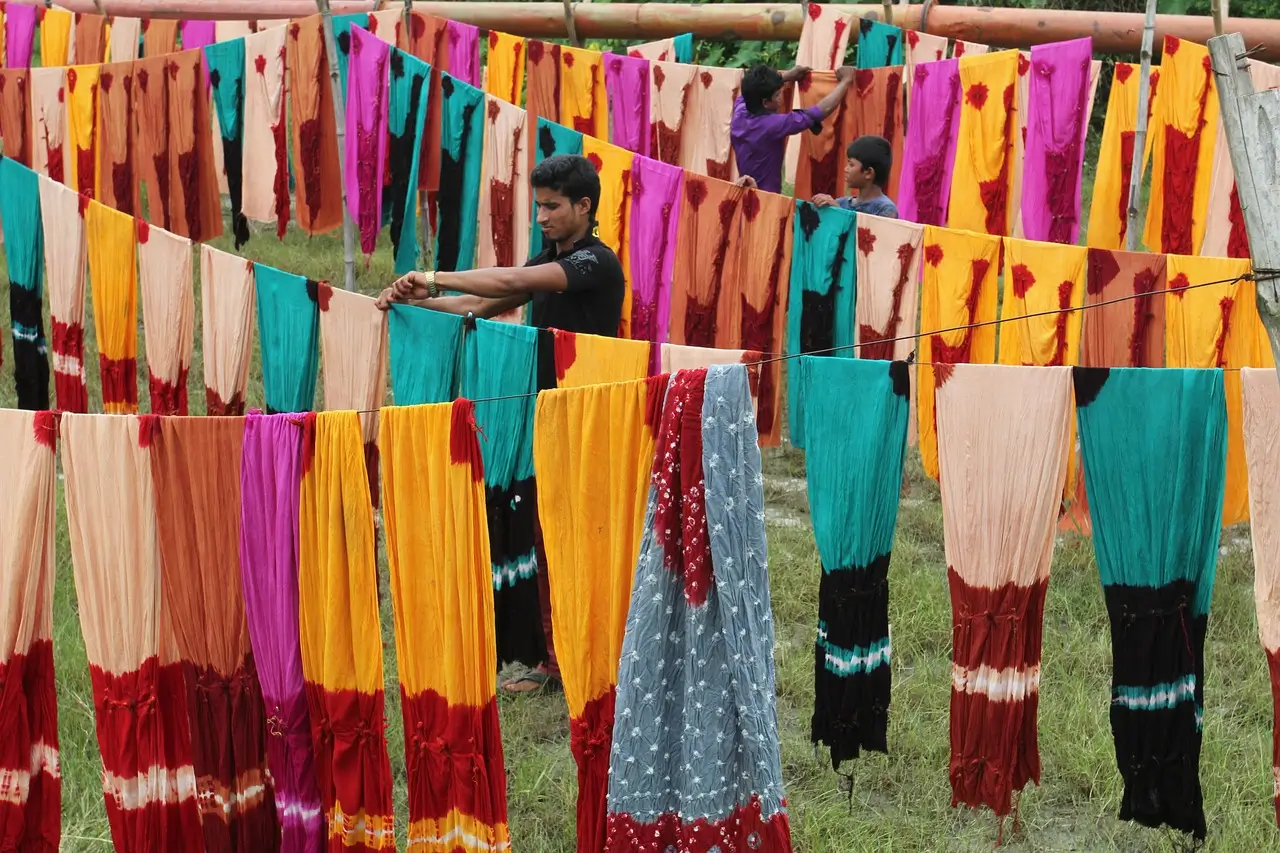
Dyeing Depth
The wet rubbing fastness of reactive dye-dyed fabrics is intricately linked to the depth of dyeing. A higher dye concentration leads to a greater amount of unfixed dye on the fabric surface, which, in turn, increases the likelihood of color transfer during wet rubbing. This relationship is approximately linear, highlighting the importance of precise dyeing control. Untreated cotton fibers swell in the wet state, exacerbating the problem by increasing friction and weakening the fibers. This makes them more susceptible to breakage and color transfer. Therefore, pre-treatments such as mercerization, singeing, cellulase treatment, scouring, bleaching, washing, and drying are essential. These processes enhance the fabric’s surface smoothness, capillary effect, and overall resistance to rubbing, thereby reducing the presence of floating colors and improving wet rubbing fastness. By carefully managing the dyeing process and implementing appropriate pre-treatments, manufacturers can optimize the color fastness to rubbing of their products.
In a word, excess dye that does not bind effectively can lead to poor wet rubbing fastness.
Softening Agents
Softeners play a dual role in the context of color fastness. They can enhance the rubbing resistance by reducing the friction coefficient, thereby preventing dye detachment. Cationic softeners, in particular, can form complexes with anionic dyes, further reducing their solubility and likelihood of transfer. This can improve the rubbing fastness rating of the fabric. However, softeners with hydrophilic groups can have the opposite effect, potentially worsening the wet rubbing fastness.
In the production process, several strategies can be employed to optimize color fastness. These include using fixing agents to block the water-soluble groups of dyes, controlling the pH of the fabric surface, and ensuring thorough removal of floating colors through effective washing and soaping.
Additionally, proper pre-drying can prevent dye migration, a phenomenon closely related to the amount of alkali used and the steaming time. The judicious use of softeners and other additives is essential for achieving the desired color fastness to rubbing.
In a word, these can reduce friction coefficients and improve dye retention during wet rubbing tests.
Conclusion
Achieving excellent rubbing fastness in textiles requires careful attention to fabric properties, dye selection, and processing techniques. Accurate tests using reliable equipment like a electronic crockmeter ensure that fabrics meet industry standards and customer expectations. By understanding and controlling these factors, manufacturers can produce high-quality, durable products that enhance customer satisfaction.
For any textile-related questions or advanced testing solutions, reach out to experts who can guide you through every step of achieving the best color fastness to rubbing test results.
Email: sales@chivention.com
WhatsApp: +86 180 2511 4082
